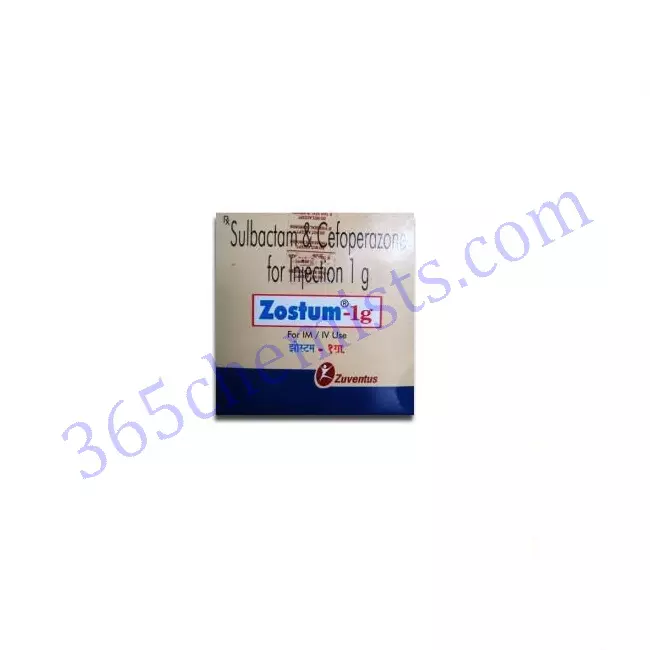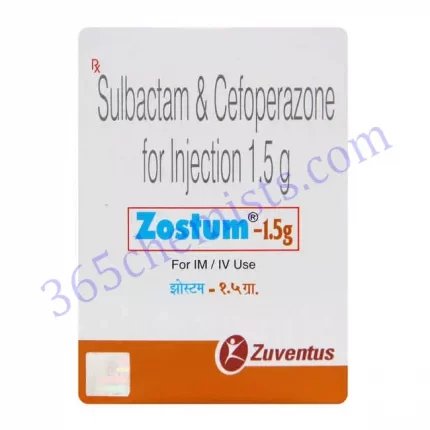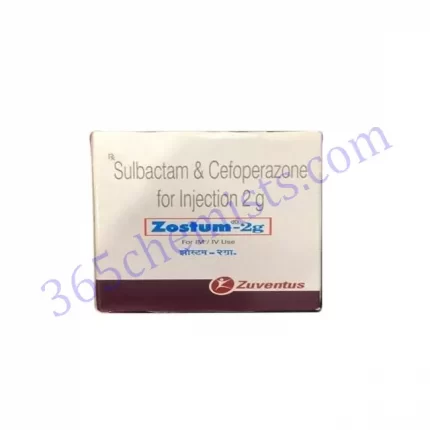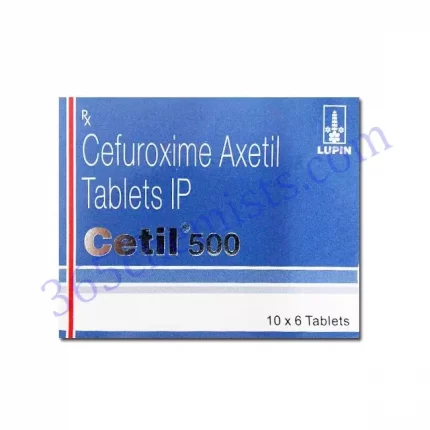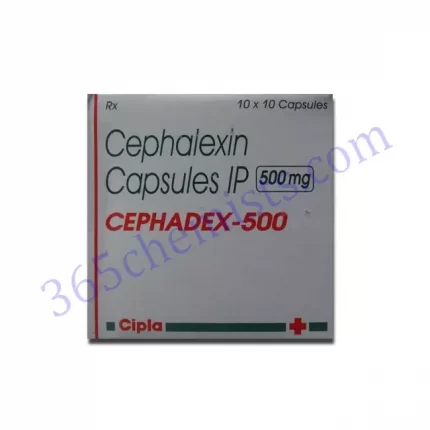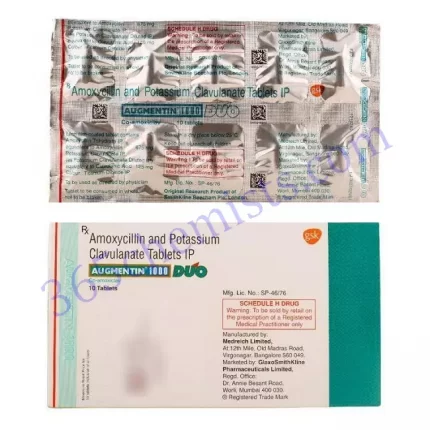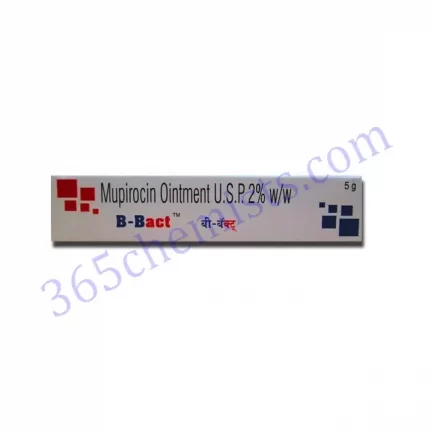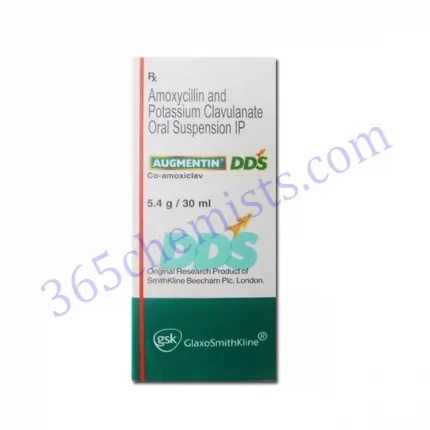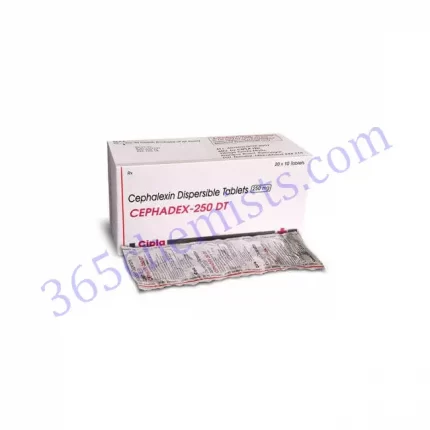Zostum 1gm Injection (Cefoperazone/Sulbactam): Effective Combination for Bacterial Infections
Cefoperazone and sulbactam are the two powerful components that come together in the formulation of the powerful medication known as Zostum 1gm Injection. For the treatment of bacterial infections, it is a common medication prescribed by doctors and other medical professionals. Patients who are suffering from infectious diseases can find relief from their symptoms with Zostum 1gm Injection because of its effective targeting and elimination of harmful bacteria, which is made possible by its broad-spectrum activity and enhanced efficacy. In the following detailed analysis, we will investigate the principal characteristics, mode of action, therapeutic applications, dosage guidelines, and adverse effects that may be associated with Zostum 1gm Injection.
Key Features
Cefoperazone and sulbactam are both components of the Zostum 1gm Injection that is available. Cefoperazone is an antibiotic that belongs to the third generation of the cephalosporin family and is known for its efficacy against a wide variety of bacteria. Sulbactam is a beta-lactamase inhibitor that assists in preventing the breakdown of cefoperazone by particular bacteria that are resistant to the antibiotic. Due to the fact that this combination boosts the efficiency of the antibiotic, Zostum 1gm Injection is an excellent option for the therapy of bacterial infections.
Mechanism of Action
Cefoperazone, which is the primary ingredient in Zostum 1gm Injection, is an antibiotic that works by preventing the production of cell walls in bacteria. This causes a disruption in the formation of the cell wall, which ultimately results in the death of the bacterial cell. It specifically targets and binds to penicillin-binding proteins (PBPs) in bacteria. Cefoperazone, on the other hand, would be rendered ineffective if the bacteria that produce beta-lactamase enzymes were not treated with sulbactam, which inhibits the activity of those enzymes. This dual action helps overcome bacterial resistance, which enhances the efficiency of the Zostum 1gm Injection as a whole.
Related product
Zostum 1.5gm Injection
Zostum 2gm Injection
Zostum 3g Injection
Zostum 500 mg/500 mg Injection
Therapeutic Uses
It is common practise to recommend Zostum 1gm Injection for the treatment of a variety of bacterial infections, including the following:
- Infections of the Respiratory Tract The Zostum 1gm Injection is an extremely effective treatment for a wide variety of respiratory tract infections, including bronchitis and pneumonia. It alleviates symptoms such as coughing, fever, and difficulty breathing by fighting the bacteria that are responsible for these infections.
- Infections Found Within the Abdomen: 1 gramme of Zostum Infections that occur inside the abdomen, such as peritonitis and abscesses, can be remedied through the administration of medication via injection. It does a good job of going after the bacteria that are responsible for these infections, which in turn helps reduce inflammation and speeds up the healing process.
- Infections of the Skin and Soft Tissues: Zostum 1gm Injection is also utilised in the treatment of infections of the skin and soft tissues, such as cellulitis and wound infections. It aids in the elimination of the bacteria that are responsible for these infections, which speeds healing and helps avoid complications.
Dosage Guidelines
Zostum 1gm Injections are typically given by trained medical professionals in a clinical or hospital environment. It is possible for the dosage and length of treatment to change depending not only on the nature and severity of the infection, but also on the age of the patient and their general state of health. It is absolutely necessary to carry out the directions given to you by a qualified medical professional. In most cases, the injection is administered intravenously (that is, into a vein) over the course of a predetermined amount of time.
Possible Side Effects
Zostum 1gm Injection is generally well tolerated; however, similar to other medications, it can potentially cause a variety of adverse effects. In addition to allergic reactions and local reactions at the injection site, gastrointestinal disturbances (such as nausea, vomiting, or diarrhoea) and allergic reactions also belong to the category of common side effects. These negative effects typically only last for a short time and go away on their own.
Rarely, the Zostum 1gm Injection may cause more serious adverse effects. These adverse effects may include severe allergic reactions, problems with the liver, or changes in the blood cell count. It is imperative that you seek immediate medical attention in the event that any symptoms that are unusual or persistent appear either during or after the injection.
Conclusion
In the treatment of bacterial infections, the combination of Cefoperazone and Sulbactam found in the Zostum 1gm Injection is an effective and widely used medication. As a result of its dual action, which targets bacterial cell wall synthesis as well as overcomes beta-lactamase-mediated resistance, the infection is eradicated more thoroughly than ever before. An effective treatment option for a variety of bacterial infections is available in the form of the Zostum 1gm Injection, which must be administered under the supervision of medical professionals.

